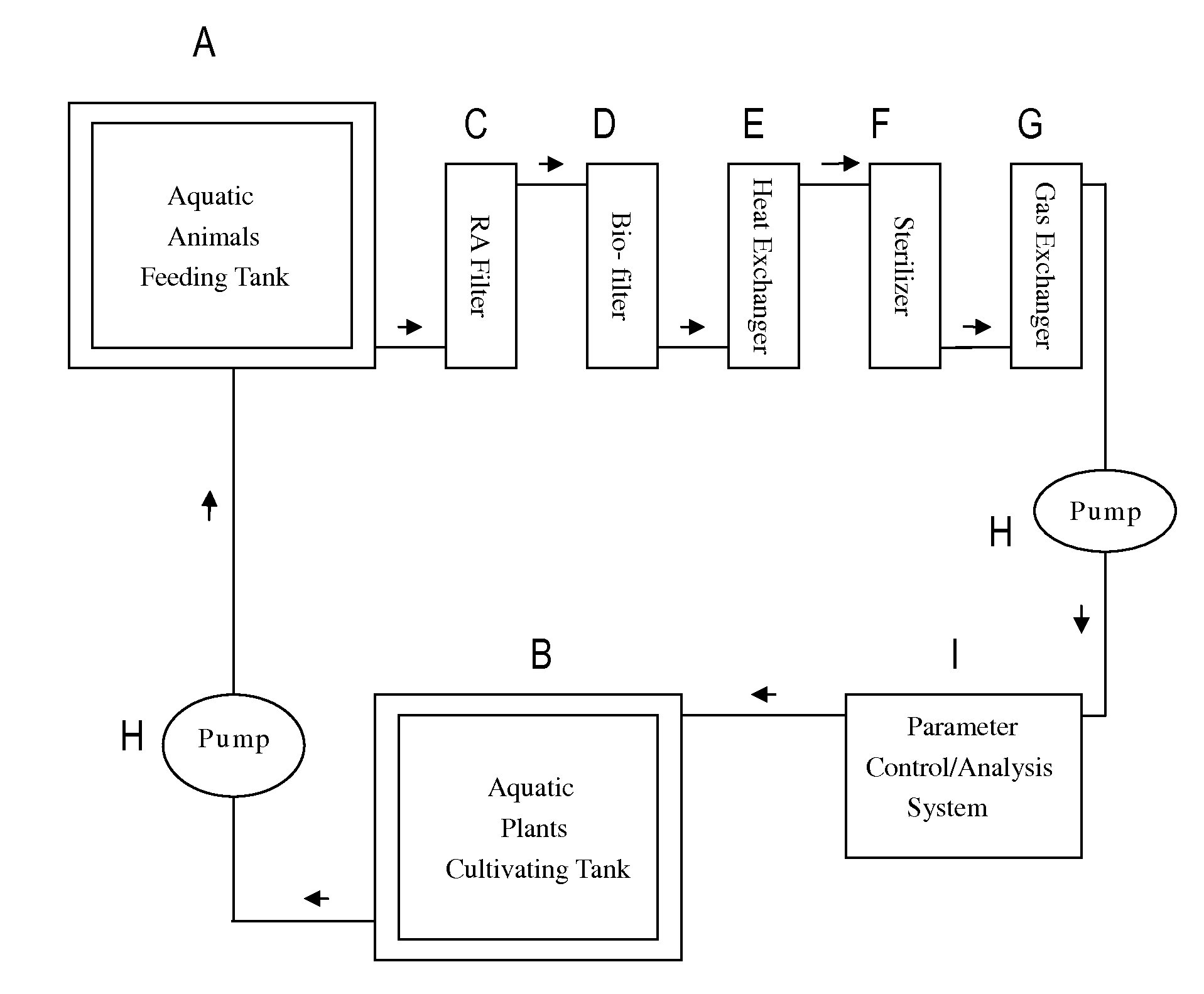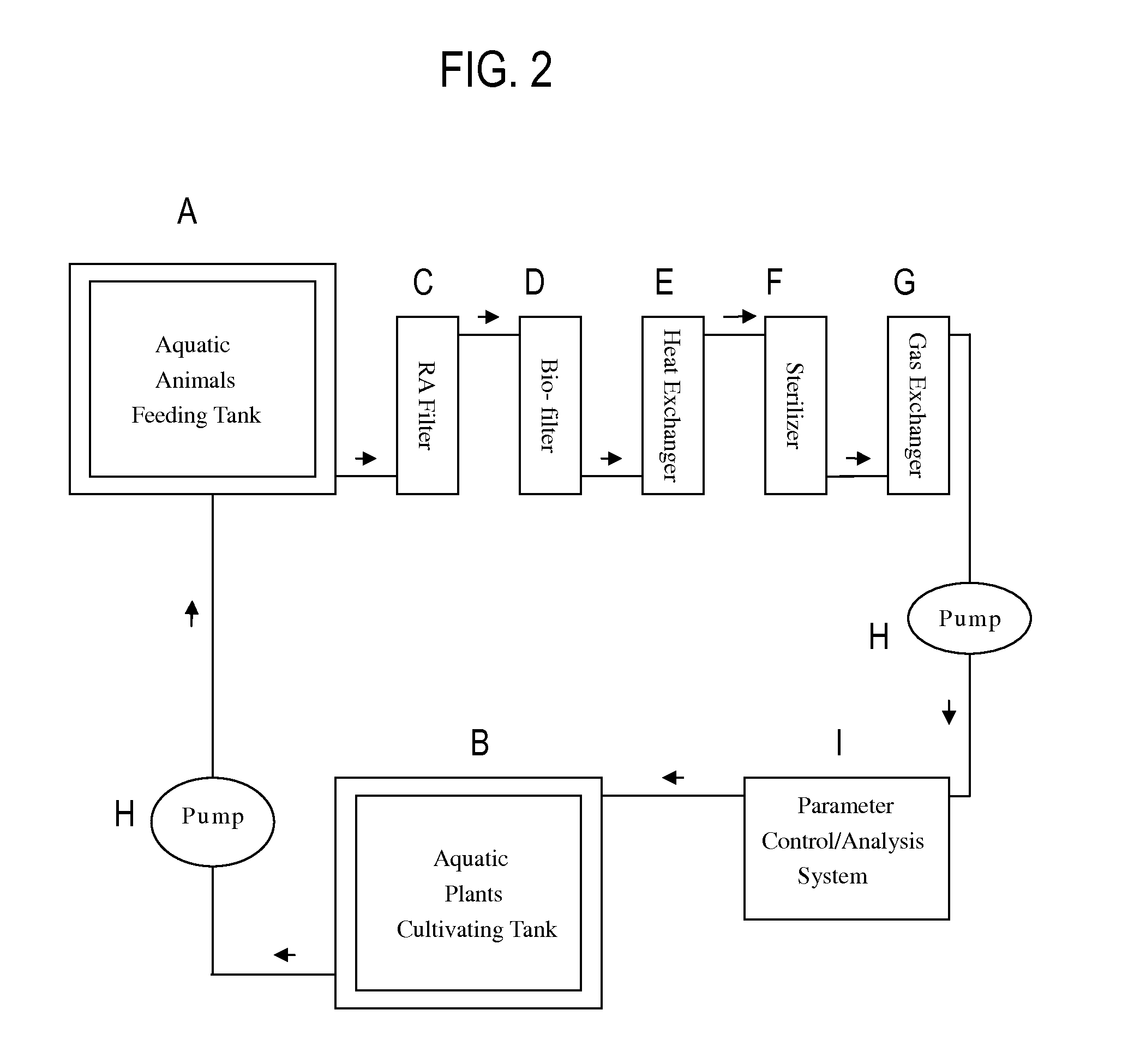Mini Space Farm-A Food Regenerative System in the Long-Term Space Mission
a space mission and food regenerative technology, applied in the field of self-sufficient food production methods in space, can solve the problems of not being able to supply space humans from earth, requiring high levels of light energy, and current technology cannot support this goal, etc., to achieve the effect of short life cycle, strong reproduction ability and easy rearing
- Summary
- Abstract
- Description
- Claims
- Application Information
AI Technical Summary
Benefits of technology
Problems solved by technology
Method used
Image
Examples
Embodiment Construction
The present invention concerns a new closed-loop bio-regenerative life support system, and it can achieve full self-sufficiency in food, and partly in water and air recycling. Here we focus on the function of food regenerative system. It is a closed ecosystem by recycling all bio-wastes to food. This system composes of four parts, namely RA system, EA system, plants system and space human. The animal and plant systems include two types: aquatic and terrestrial. See FIG. 1: this system enables human to realize food regeneration by cultivating of RA, EA and plants in the space. There are four parts of taches: humans, RA, EA and plants that form a closed-loop food regeneration chain. Each part of tache has a role in waste recycling and food regeneration:
The RA: recycle all wastes from other three parts and supply them as animal's feedstuff and human's food; supply CO2 for plant photosynthesis and the residues after rearing RA will be used as fertilizer for plants.
The human: get food fr...
PUM
 Login to View More
Login to View More Abstract
Description
Claims
Application Information
 Login to View More
Login to View More - R&D
- Intellectual Property
- Life Sciences
- Materials
- Tech Scout
- Unparalleled Data Quality
- Higher Quality Content
- 60% Fewer Hallucinations
Browse by: Latest US Patents, China's latest patents, Technical Efficacy Thesaurus, Application Domain, Technology Topic, Popular Technical Reports.
© 2025 PatSnap. All rights reserved.Legal|Privacy policy|Modern Slavery Act Transparency Statement|Sitemap|About US| Contact US: help@patsnap.com



